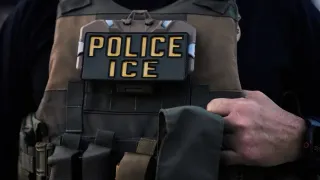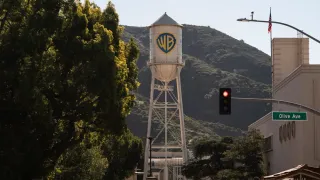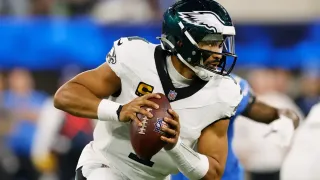December 17, 2024
40 Years (and Counting), the Trocks Continue to Delight
Nicholas Dussault READ TIME: 12 MIN.
EDGE: Was there a big break along the way?
Tory Dobrin: There was a woman, Betty Connor, at UC Berkeley who was running the performance arts there at the time. It's a very important venue for performances in the United States because they have a huge budget. She booked the company there in '75, and her support allowed other theaters to feel comfortable booking us. I like to say she was like our fairy godmother. Twenty years after we were booked there, we performed at the Bolshoi Theatre in Moscow. That's a long way to go in a short time.
EDGE: How do men and women dance differently?
Tory Dobrin: Do you like tennis? Let's think of Steffi Graf and Andre Agassi. When they practice on the court, they do the same exact strokes, overhead, running to the net and so forth. Then you watch them on the court and, visually, there's a lot of finesse and a lot of grace with Graf. It just feels artistic. But with Agassi it looks like he's just brute force hitting the ball.
It's the same thing with ballet. Women start early dancing en pointe. They're teenagers. They don't know how to dance. When they are learning to dance en pointe, they're learning how to dance. They have to start pointe work early because it has to achieve a level of finesse for classical ballet. You can only do that if you start very young. Our guys, for the most part, are trained dancers. They just add the skill of dancing en pointe, but they, generally speaking, don't have the finesse.
Also, women tend to be lighter, so the use of the foot in the pointe work lends itself to finesse. A guy is much heavier. The pointe work is very strong, very powerful. It's very different than a woman's pointe because of the body type, the bigger legs, the stronger musculature. Men also tend to have bigger, stronger shoulders, whereas women tend to be bigger in the hip area. I may sound like I'm stereotyping, but it's a very different look.
EDGE: How do you decide who plays the male or female roles?
Tory Dobrin: We don't think about male, female. Everybody has to do every role. Everybody has to dance en pointe. Everybody has to do a male role if it's appropriate. If you're in three ballets in a night, you don't want to be en pointe for all three of them. You can do it for two of the ballets, but by the third ballet your feet are dead. Instead, you go into a male role where you're not en pointe. That's how we mix it up. Most people who join the company want to dance the ballerina roles because it's drag, it's more fun. But everyone does everything, and everybody knows they're not going to be pigeon-holed, so they're not resentful.
EDGE: What can you expect as an audience member? Is it at all like the silly drag Benny Hill used to do?
Tory Dobrin: It might have been in the 1970s, but now we're in '24, so I like to say it's fun, it's dance, it's colorful. You come to laugh and enjoy the comedy, but what you see is really high-level technical ballet skills. People coming for the first time aren't expecting that, and they're always astounded by how good the dancing really is and the high quality of the production values.
EDGE: Are you still an all-gay company?
Tory Dobrin: Every dancer on stage is gay. I think in the history of Trocadero we've had two straight dancers. And then we've had a few dancers that were straight when they came in and then became gay. Does that mean they were in the closet? We had one who came in straight, became gay, and now he's straight again. So, it's a mixed bag. The ballet master and me are gay, but the people behind the scenes are not gay.






